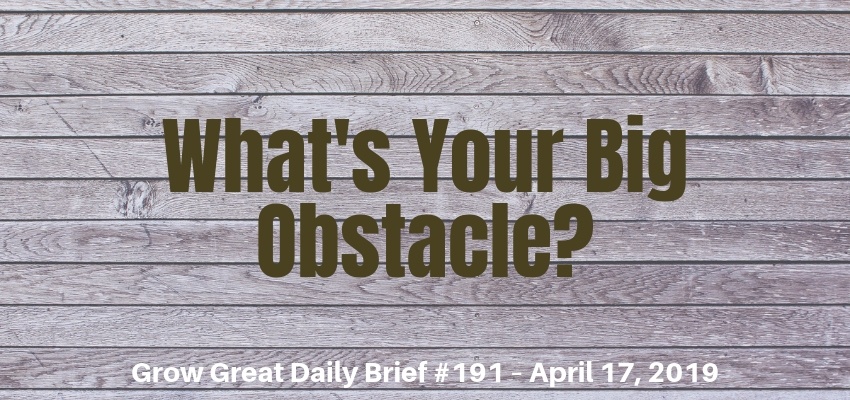Transformational Leadership: Connection – Grow Great Daily Brief #195 – April 23, 2019
Podcast: Play in new window | Download (Duration: 7:24 — 9.6MB)
Subscribe: Apple Podcasts | Spotify | RSS | More
Five C’s comprise the work – and the progress – of transformational leadership. In this series, we’ll briefly go through these:
- Compassion
- Connection
- Communication
- Collaboration
- Culture
Today, we’re diving into connection. Once again, let’s begin with defining the term so we all understand. Here’s the dictionary definition:
a relationship in which a person, thing, or idea is linked or associated with something else
I’m going to make some adjustments to that definition. You knew I would.
a relation of sufficient intimacy to foster mutual service, support and growth
Some folks argue that I’ve got things out of order. They think communication should precede connection.
The reason I put connection before communication is because the level of communication I’m talking about doesn’t happen unless a connection is first established. For example, you encounter somebody at a chance meeting. You exchange pleasantries, but for some reason, you don’t enjoy the meeting. You don’t like this person. They’re just not your cup of tea. Yes, you’ve communicated, but without forming any meaningful connection.
Contrast that with another chance encounter. After the initial small talk, you’re drawn to this person. They’re drawn to you. The chemistry is working and you find yourself deep in conversation, exchanging thoughts, opinions, and ideas.
In both cases, there was communication – small talk. But in the former, the connection just didn’t stick. In the later, things clicked.
As leaders, we must connect if we have any hope of effective communication. Now you understand why we began yesterday with compassion.
“People don’t care how much you know until they know how much you care.”
Your leadership, fueled by compassion, has the best opportunity to forge deep enough connection so you can truly serve people. I’m not suggesting that every person on your team becomes your best friend. Or that you become their best friend. But I am suggesting – even pushing you – to make sure you provide an environment where people feel safe with you. Safe enough to trust you. Safe enough to speak up and speak out. Safe enough to know you truly want them to succeed.
If that safety doesn’t exist then everything stomps down right here. Your leadership will not move forward. It’ll only be a matter of time before things catch up with you. But if you’ll do this work. Till the soil of the hearts of the people you serve (and lead) and watch them grow.
Connection demands truth, trust, and transparency.
That’s why connection and communication go so congruent with one another. And why they may be best viewed as 2a and 2b.
Be human. Don’t be afraid to reveal yourself to the people you hope to serve. It’s leadership. That means you have to go first.
Too many leaders mistake forcing others to go first. They want people to open up to them about things, but they’re unwilling to open themselves up. It doesn’t work that way. You can’t remain super guarded around people hoping they’ll be vulnerable with you. It’s a reciprocal behavior that requires you to make the first step. Be bold. At some point we’ll talk about the prerequisite for all these Cs – it’s another C word, courage. Embrace the courage to show yourself to be a good human being.
Connection precedes communication because I’m putting the burden where it belongs. On us as leaders! It’s up to us to get this thing going forward.
That means you’re going to have to trust before you ask for or get trust in return. This trips up many leaders and wrecks their success. They simply can’t or won’t trust first. They demand people earn trust without ever stopping to think it’s a 2-way street.
A leader who isn’t trusted is doomed. Don’t violate the trust of the people you serve. Step out there and give trust first. You have no path forward until you do.
Head trash will prevent you. You’ll recall many times when people have let you down. Your cynicism will soar. You’ll hear voices telling you how only weak people do it. There will be a million idiotic reasons why you’ll try to talk yourself out of giving trust first. They’re all wrong. Fool’s gold. Fake.
Play out the game by asking, “What’s the worst thing that can happen?”
Don’t just ask the question. Answer it.
What’s the answer? The person will prove untrustworthy? Then what? How is that worse than giving trust at the outset?
You see, you have nothing to lose and a whole lot to gain. Perhaps you’ve never given yourself the opportunity for that kind of gain. I’m asking you to trust me, and yourself, and your people. It’s how you’ll develop the connection necessary so you can become an outstanding leader. It won’t just transform your relationship with the team, it’ll transform you.
Be well. Do good. Grow great!
RC
Transformational Leadership: Connection – Grow Great Daily Brief #195 – April 23, 2019 Read More »
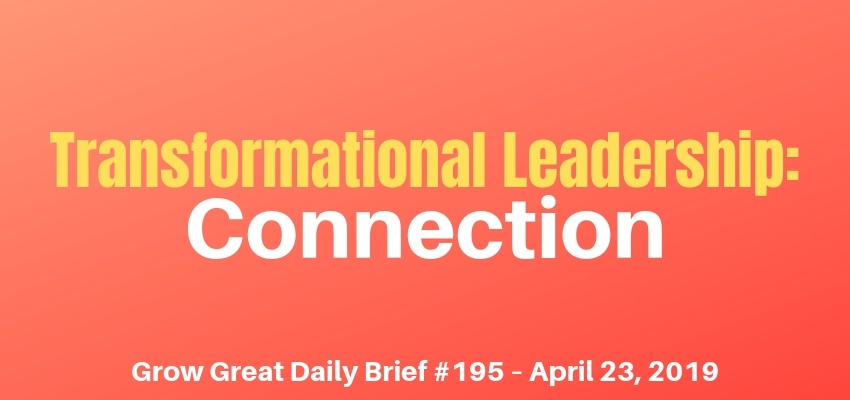
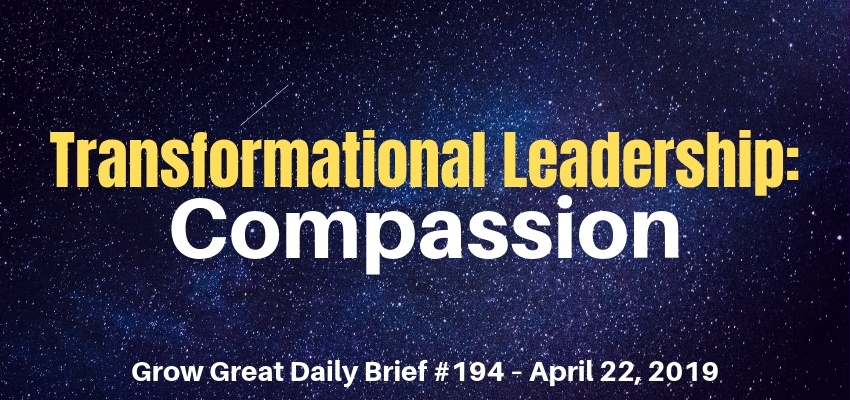
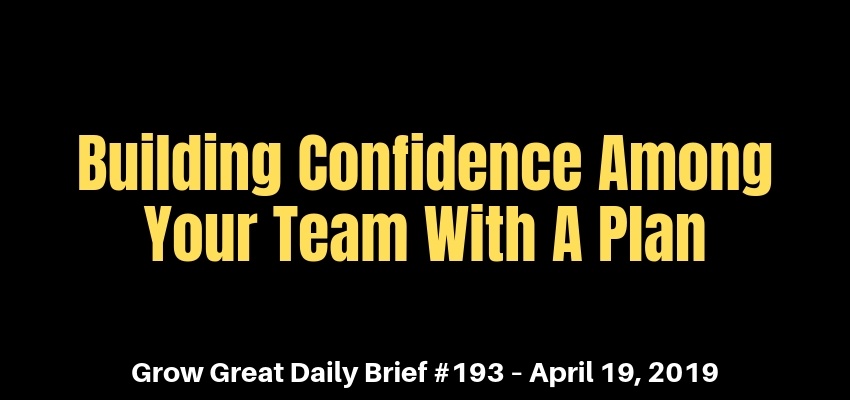
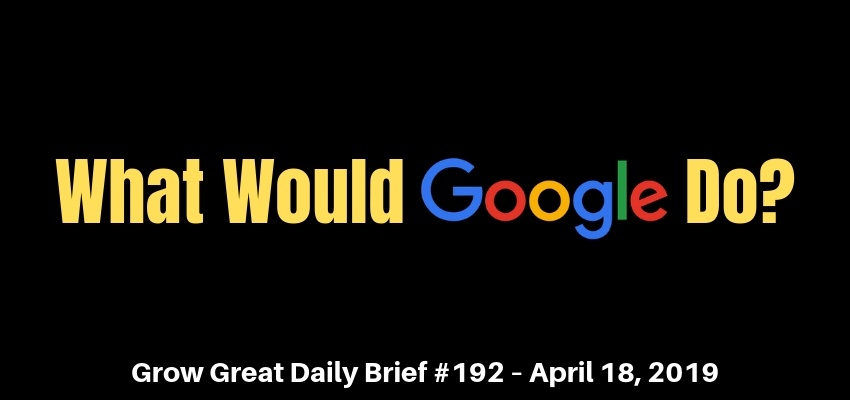
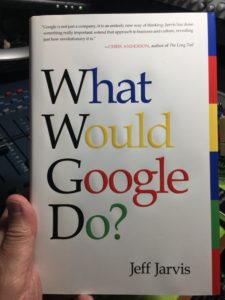 Things have changed dramatically over the past 10 years at Google, but in 2009 Jeff Jarvis wrote a nice book entitled, “What Would Google Do?”
Things have changed dramatically over the past 10 years at Google, but in 2009 Jeff Jarvis wrote a nice book entitled, “What Would Google Do?”